What salary you need to buy into every Melbourne suburb
From Altona to Abbotsford, Forest Hill to Frankston, here’s what you’ll need to earn to buy a house or apartment in every Melbourne suburb, and where to get the best bang for your buck.
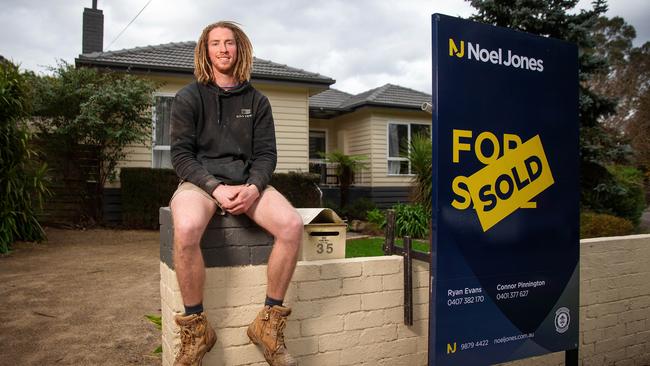
News
Don't miss out on the headlines from News. Followed categories will be added to My News.
Househunters could break into Melbourne’s fringe market on a salary just above $50,000, new research has revealed.
Finder analysis of CoreLogic median price data found an annual wage of $53,468 was enough to buy into Melton, where a typical house costs $387,000.
And mortgages on houses in Melton South, Kurunjang and Millgrove were all manageable for buyers earning less than $60,000 a year.
RELATED: Melbourne’s most popular streets: Fairview Ave, Wheelers Hill No. 1
Victoria dominates list of happy sellers
Victoria freeze on evictions, rental hikes extended to December 31
Barry Plant Melton partner Ned Nikolic said buyers could get “better bang for their buck”, large blocks and brand-new houses in the area — and it was accordingly attracting first-timers, investors and empty nesters alike.
But Finder also determined singles on Victoria’s average annual full-time wage of $69,576 — as outlined by the Australian Bureau of Statistics last year — could only afford to own a median-priced house in 16 of Melbourne’s 360 suburbs.
Partners on that salary had better buying power, with 239 suburbs accessible to their $139,152 combined wage.
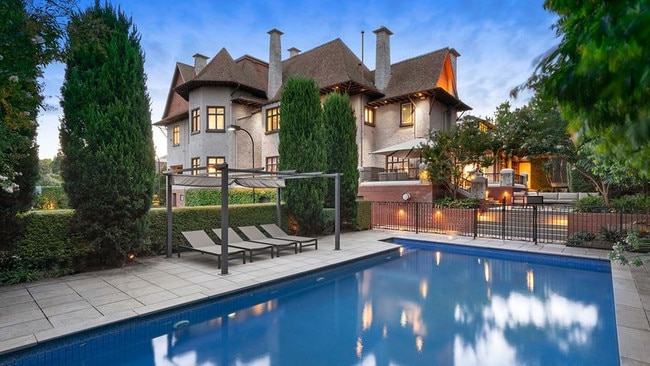
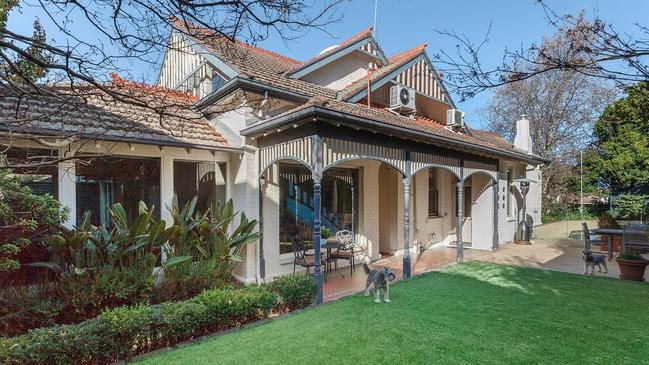
The research also confirmed hefty wages were required to meet repayments on houses in Melbourne’s priciest suburbs, with an eye-watering $611,361 salary needed to afford a typical Toorak house.
The figures were $397,902 for Canterbury, $392,031 for Brighton and $359,217 for Malvern.
In the unit market, Carlton was Melbourne’s most accessible suburb, with Finder determining a salary of $42,983 was enough to enter student accommodation heavy market.
Those earning less than $50,000 were also in a position to snap up the property type in Melton South and Melton.
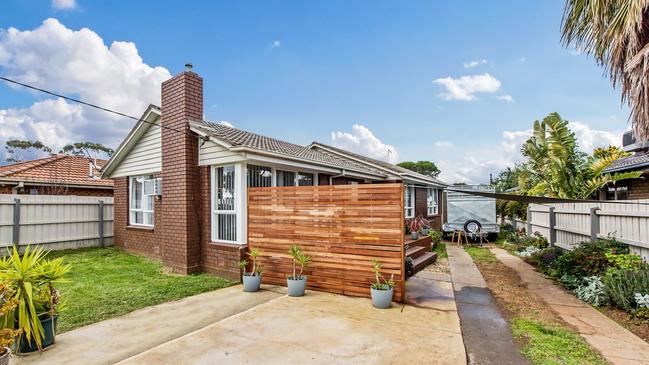
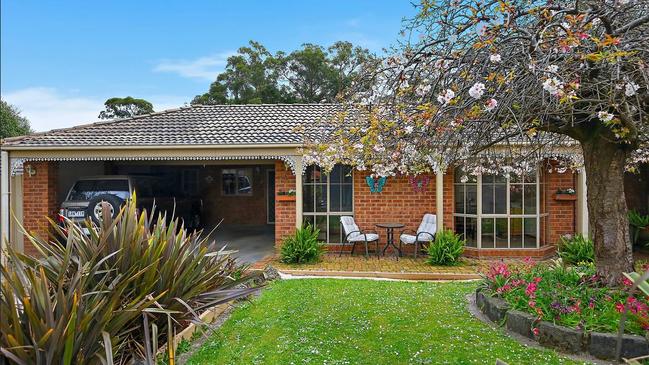
Ashburton was the least affordable suburb for units, with a required wage of $188,052, followed by Canterbury ($180,300) and Toorak ($174,520).
The Finder analysis assumed a purchaser bought a median-priced property, obtained an average home loan rate of 4.04 per cent, and contributed a 20 per cent deposit. It capped loan repayments at 30 per cent of a buyer’s income — a common stress test used by banks.
Carpenter Troy Hill recently bought his first home in Kilsyth, where the $686,500 median house price is accessible to a buyer earning $94,847 annually.
But despite the 28-year-old’s salary sitting above that at about $120,000, the sole trader said he had to overcome several “hurdles” to obtain access to finance during the coronavirus pandemic.
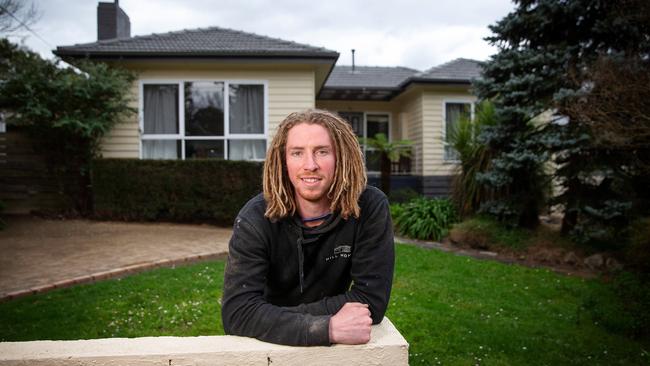
“Getting the actual home loan became a lot harder the further we got into COVID-19,” Mr Hill said. “I got pre-approval initially, but that was void when COVID came in.”
Mr Hill, who owns and runs Hill Homes, said he also looked at properties in Croydon and Ringwood before settling on Kilsyth as it was “a little bit more affordable”.
Realestate.com.au chief economist Nerida Conisbee said record-low interest rates were helping househunters on lower salaries to break into the property market, with first-home buyers “particularly active” on the listings site.
She warned banks were “generally more cautious at the moment”, but were “still lending, provided you have stable employment’.
Amy Lunardi property advocate Amy Lunardi said low interest rates meant affordability had “never been better”.
“In some instances, for first-home buyers applying for a loan sub-$600,000, it’s actually cheaper to own a home than it is to rent a property,” Ms Lunardi said.
She added buyers had more bargaining power now than at the beginning of the year, with agents more willing to sell off market and accept offers that were subject to finance.
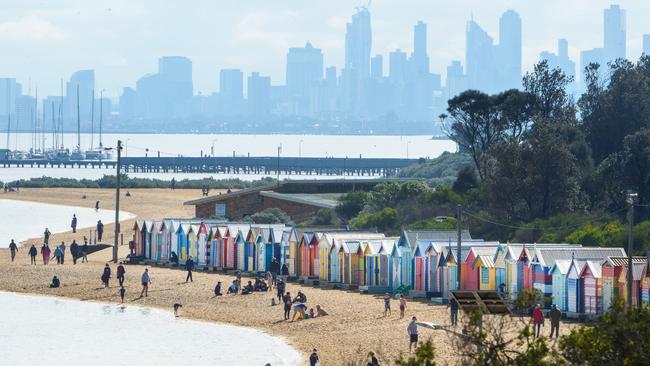
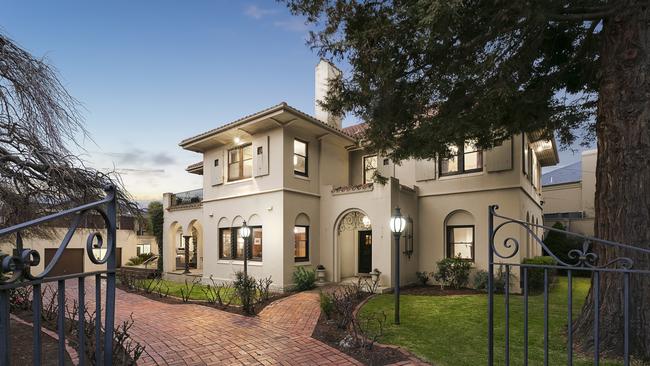
Finder.com.au insights manager Graham Cooke said a combination of cheaper property prices and reduced rates had made suburbs that were once out of reach for lower- and middle-income buyers achievable again.
Rates from small lenders had dropped as low as 1.95 per cent nationally, he added.
“With the cash rate at an all-time low, and not likely to budge in the foreseeable future, there has never been a better time for borrowers to reduce their repayments — or for first-time buyers to get on the housing ladder,” he said.
READ MORE: The Block 2020: New season kicks off with plenty of firsts
Victoria’s most popular homes of 2020 revealed
